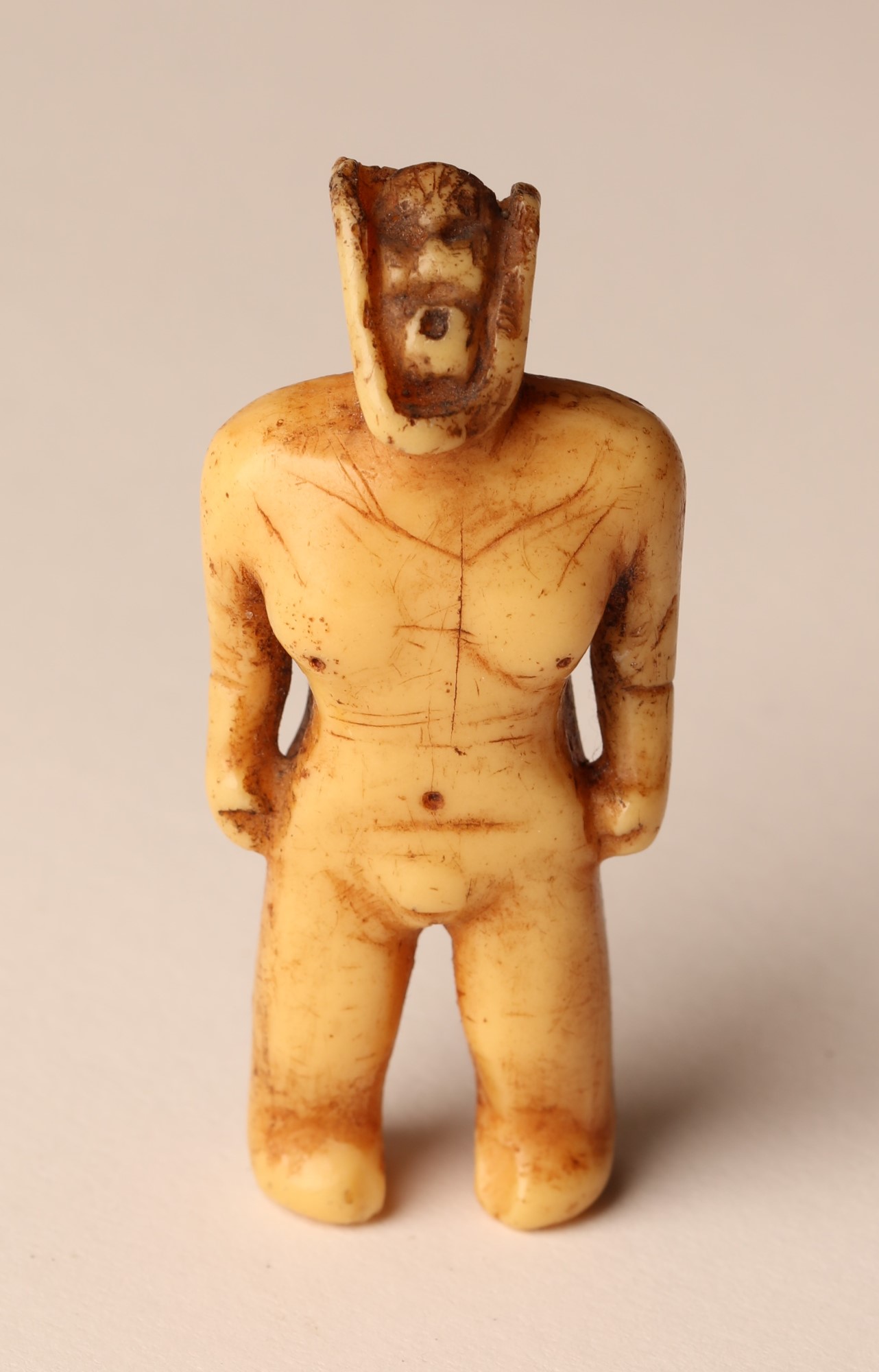
HANS LANGE/NUNATTA KATERSUGAASIVIA ALLAGAATEQARFIALU, 2022
Inuit legend in both Arctic Canada and Greenland tells of the meeting with a people called Tuniit or Tunersuit. Although legends differ, it is clear that they portray the same people.
The Inuit recount the Tuniit as big and strong and who spoke a different language and had a different way of life. They built square slightly buried dwellings, used neither bow nor kayak, and for seal hunting on the ice they used very small soapstone lamps.
The Inuit legends of the Tuniit say something about the depth of time in the hand down of knowledge, and assumptions of who these people were have changed over time. It has been proposed that they were Norse, that they were indigenous people in North America, and it has been proposed that they were early Inuit. Today, general consensus is that the Tuniit lived in the Late Dorset culture.
It is possible that the Inuit and Dorset people knew of or met each other. The Inuit immigrated at the Pikialasorsuaq polynya (North Water) in approx. year 1150, and the latest dating from the Dorset culture in the area is from the early 14th century.
Due to optimum preservation conditions and early ethnographic descriptions, the study of that part of cultural history has some advantages. However, more extensive research into the Inuit storytelling tradition is needed to be able to use it critically in the interpretation of ancient times.
Further reading
- Inuit hunting culture
- Kujataa – farming on the brink of the ice sheet
- Museums of cultural history and heritage
- Paleo-Inuit
- The Norse
- The Inuit culture, precolonial period
- The colonial period until the war years
- The mummies from Qilakitsoq, Pisissarfik and Uunartoq
Read more about History in Greenland
